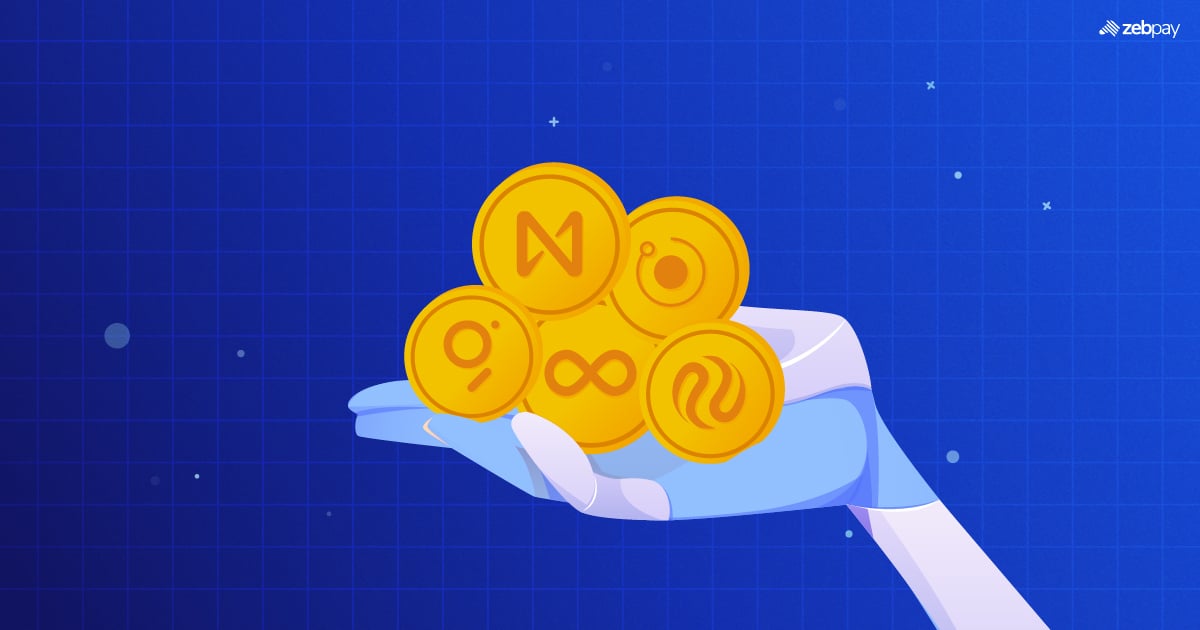Crypto assets have revolutionized the financial landscape, sparking innovation and attracting investors with the potential for significant returns. Yet, their unpredictable pricing has made them less suitable for everyday use. Stablecoins, on the other hand, are emerging as a steadier alternative, bringing consistency and unlocking practical, real-world applications. Reflecting this growing relevance, the U.S. has taken a significant step toward regulating stablecoins through the Senate’s approval of the GENIUS Act, paving the way for broader adoption and stronger trust in the digital economy.
What is a Stablecoin?

Stablecoins are a special type of crypto asset designed to maintain stability, providing a reliable point of reference in an otherwise volatile market. Beyond trading, they serve as practical tools for everyday payments and secure value storage.
Unlike most crypto assets, stablecoins are pegged to stable assets such as the U.S. dollar. This ensures that sending $100 will result in the recipient receiving the same $100, offering a simple, predictable, and dependable way to transfer money digitally.
Types of Stablecoins
Fiat-Backed Stablecoins
- These stablecoins maintain reserves of a fiat currency like the US Dollar or assets like gold and silver. They are used as collateral to guarantee that each token holds a 1:1 price with the underlying asset. Some examples of this type include Binance USD (BUSD) and USD Coin (USDC).
Crypto-Backed Stablecoins
- These tokens are collateralized using other large crypto tokens. Typically, these tokens are overcollateralized to ensure that volatile crypto prices do not affect the token’s price. Examples include DAI, which is collateralized by Ethereum. This insures the stablecoin against a decline in the collateral.
Algorithmic Stablecoins
- Algorithmic stablecoins may not hold any assets in reserve. Instead, the value of the token is maintained by controlling the supply according to a set formula. This removed its peg from the US Dollar and made the token unreliable.
How Do Stablecoins Work?
Maintaining Price Stability
The primary goal of any stablecoin is to maintain its peg to a fixed value. When prices drift too far from that level, the token’s credibility as a medium of exchange or financial instrument can quickly erode.
Different projects use different mechanisms to achieve this stability. Fiat-backed stablecoins hold reserves of the currency they represent, ensuring each token is supported by a matching real-world asset. Crypto-backed stablecoins, on the other hand, require users to deposit crypto assets as collateral into smart contracts, which then issue stablecoins in return. Finally, algorithmic stablecoins rely on automated supply-and-demand adjustments—rather than reserves—to keep their prices stable over time.
Read more: USDT VS USDC
Reserve Management
Issuers of stablecoins must prove to users that the reserves are sufficient to exchange tokens for USD or collateral. Reserves are thus held in publicly viewable smart contracts or with trusted third parties like financial institutions. The reserves are also audited by independent sources.
Advantages of Using Stablecoins
Reduced Volatility
The primary benefit of stablecoins is that they eliminate or greatly reduce the volatility of crypto tokens. While this removes them from consideration as investments, it is a huge boon to their use in payments or financial applications.
Improved Liquidity
Another advantage is that since stablecoins are not held as investments, they flow more freely in the market. Additionally, minting new tokens is a quick and easy process that sends them straight to your crypto wallet. Many can also be converted back into fiat currency or crypto collateral easily.
Use Cases for Stablecoins

Payments and Transactions
Stablecoins finally make it easier for crypto tokens to be used in payments. Since the price does not fluctuate, businesses do not need to worry about their reserves falling in value. Higher usability and acceptance make stablecoins a compelling alternative to traditional modes of payment.
Trading and Hedging
Trying to use fiat currencies when trading crypto is an expensive and slow process. There is a huge fee associated with turning fiat into crypto and back again. Stablecoins greatly reduce the fees required, making the process much more streamlined.
Decentralized Finance (DeFi)
Stablecoins are essential to the DeFi ecosystem. One of the most popular DeFi services is lending and borrowing, which are usually conducted using stablecoins. They can also be used as a means of payment on the platform, to ensure its earnings remain stable.
Risks and Challenges
Regulatory Concerns
Stablecoins are currently not regulated by any central authorities. Thus, you cannot fall back on government support if a stablecoin project fails, like TerraUSD or Luna. Additionally, one platform’s reports may be very different from another, as there is no standardized reporting mandated by an authority.
Counterparty Risk
This is the risk that the stablecoin platform does not have sufficient reserves to return your collateral or convert tokens into USD. This can lead to an immediate collapse in prices and eliminate the main advantage of stablecoins. This risk is usually managed through the audits a platform undergoes to ensure that reserves match the coins in circulation.
Liquidity Risk
Liquidity risk can arise when platforms cannot issue stablecoins fast enough to match the demand. This can be a hurdle in many transactions where you may need new coins and can cause delays in several processes. However, this risk is usually short-lived, as when the project catches up to demand all stablecoins are minted.
Conclusion
Potential Impact of Stablecoins
Stablecoins act as a vital link between traditional finance and the digital asset world, enabling transactions and applications that were once complex or impractical. Their predictable value makes them a cornerstone of decentralized finance, where stability is essential for smooth operations.
On DeFi platforms, stablecoins support trading, lending, borrowing, and earning interest, giving users confidence that their holdings will not fluctuate mid-transaction. They also enhance global payments, making remittances, cross-border transfers, and settlements faster and more cost-effective than many traditional banking methods.
Beyond DeFi, stablecoins are finding real-world applications in payroll, online shopping, and small digital purchases. By providing reliability in a volatile market, they serve as both a practical tool and a foundation for continued innovation across the crypto ecosystem.
Future Developments and Advancements in Stablecoin Technology
The digital asset world is evolving quickly, with stablecoins emerging as a key catalyst for this transformation. Backed by well-managed reserves and mechanisms that maintain price stability, they are increasingly used for everyday financial activities. Their reliable value bridges traditional finance and blockchain systems, enabling faster, more transparent, and efficient money movement.
As blockchain technology advances, creating and sustaining stablecoins has become simpler and more resilient. This progress is paving the way for a future where payments, settlements, and international transfers can happen almost instantly and at a fraction of current costs.
By combining security, transparency, and innovative technology, stablecoins are becoming indispensable to the growing digital economy. They make crypto assets practical for daily use and support a financial ecosystem that is more accessible, streamlined, and global than ever before.
Keep yourself updated with the latest crypto news on ZebPay blogs. Begin your crypto trading journey today!
FAQs on Stablecoins
What is meant by a Stablecoin?
A stablecoin is a form of crypto asset designed to minimize price fluctuations, making it more practical for payments and financial use cases. Most are pegged to fiat currencies or commodities, while some rely on algorithmic mechanisms to maintain stability.
Which Stablecoin is the best?
While it’s hard to single out one “best” stablecoin, some of the most widely used options are Tether (USDT), USD Coin (USDC), and DAI.






